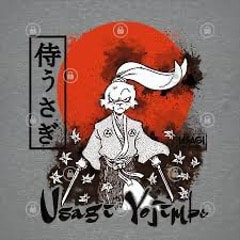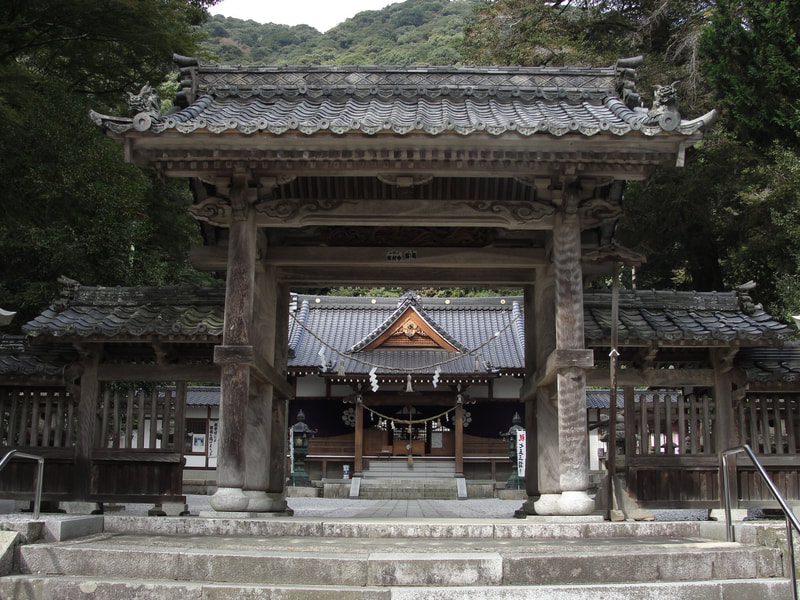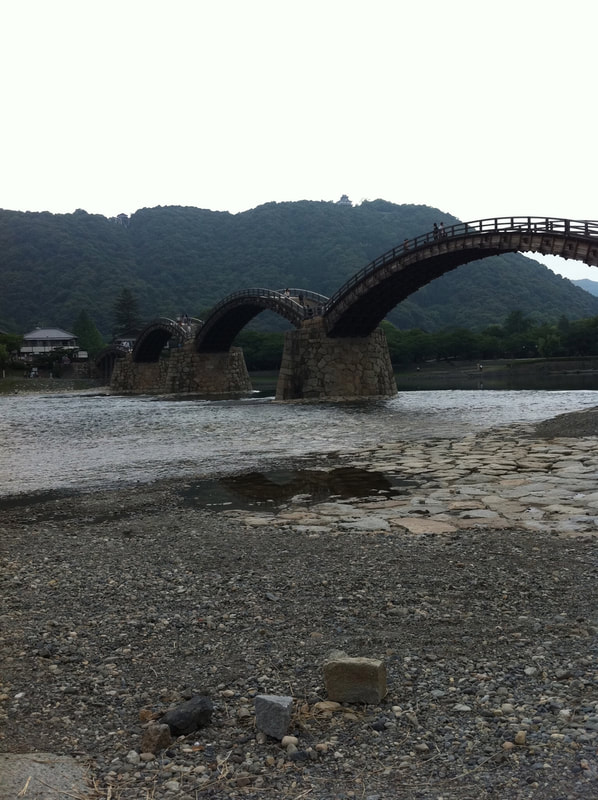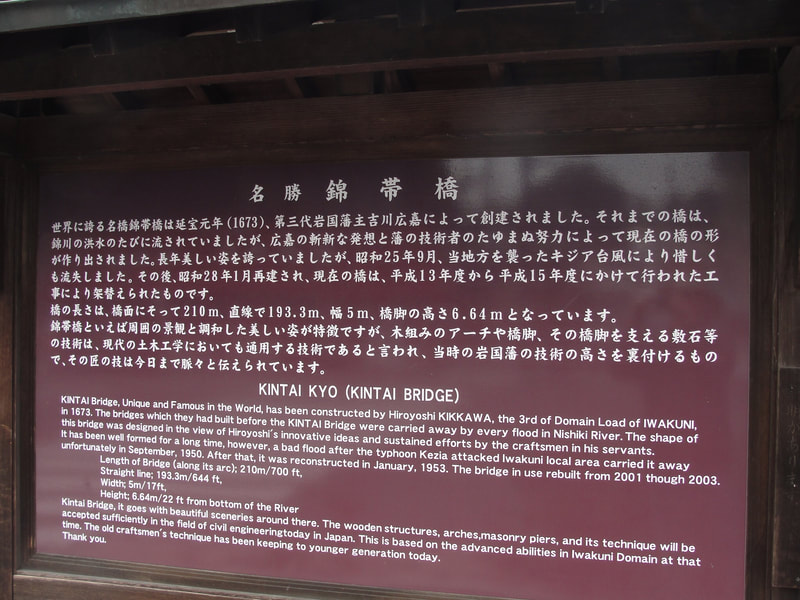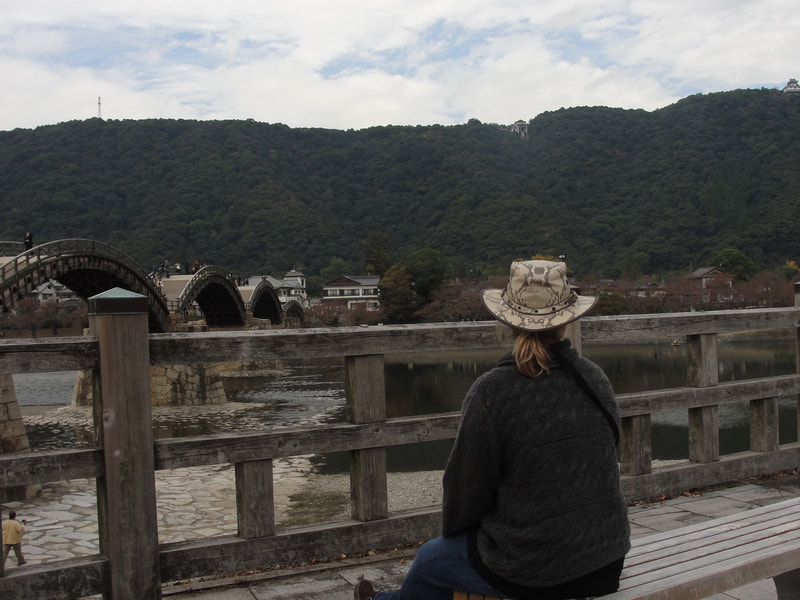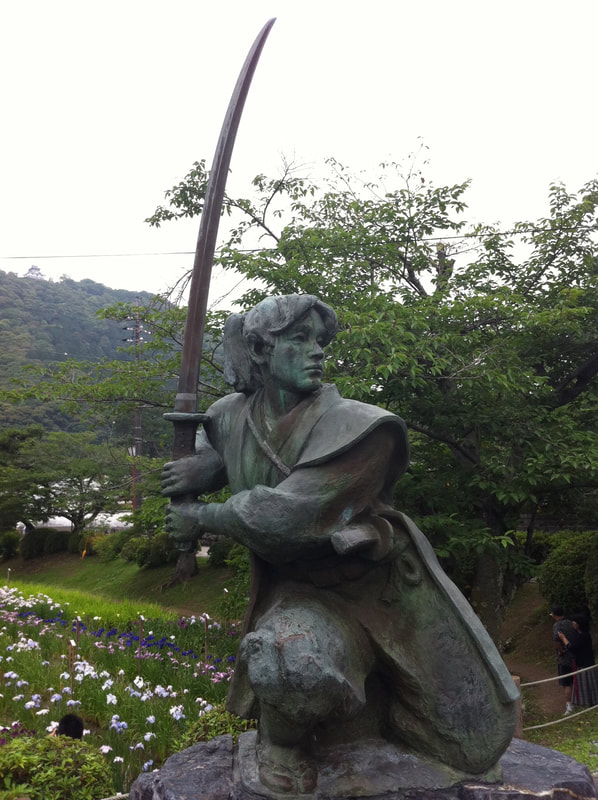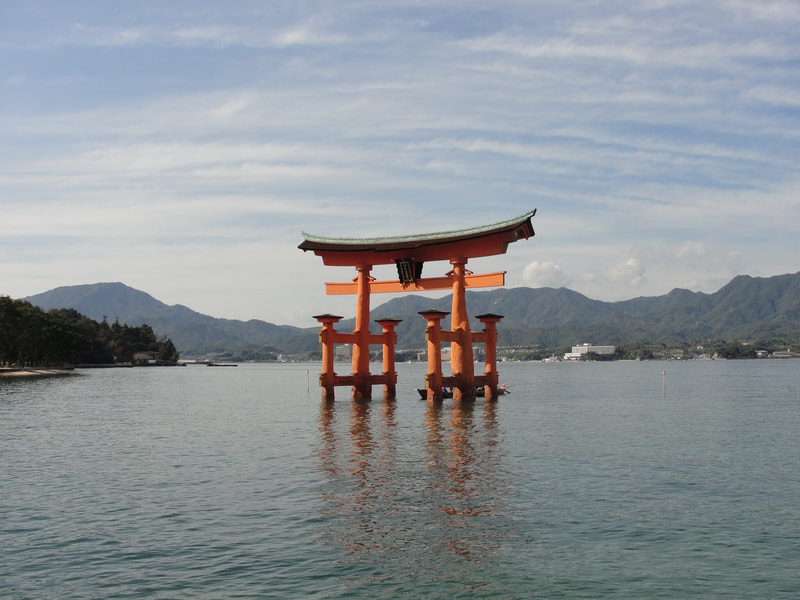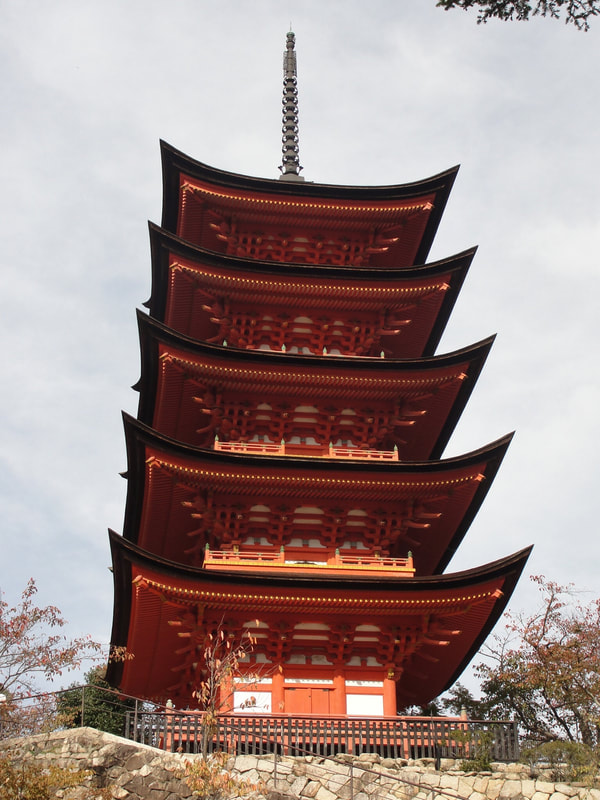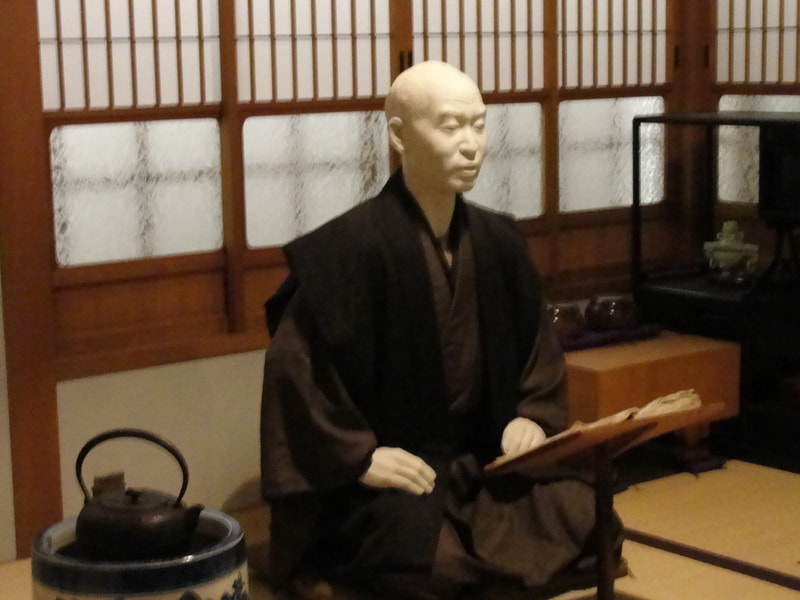|
While living in Japan, for a short time, we experienced New Year tradition, culture, and religion. In Japanese culture, the locals get their New Year Fortune from a small piece of paper. Their traditional custom of Omikuji are fortunes written on strips of paper and predicts the person’s chances of their hopes coming true. When their prediction is bad, it is a custom to fold up the strip of paper and attach it to either a pine tree, a Buddhist Temple, or a Shinto Shrine. A reason for this custom is a pun on the noun word for ‘pine tree’ matsu 松の木 and the verb ‘to wait’ matsu 待つ. The idea being that the bad luck will wait by the tree rather than attach itself to the bearer. I researched a bit of information on the Samurai from many Prefectures and learned that this piece of Japanese history has an impressive past that embodies a strong protective masculine vibe. The importance of a male presence is embodied in Japanese traditions, culture, and religion. The museums are great primary resources to delve deeper into their ancient history. I have equally enjoyed both the bigger Tokyo National Museum and the smaller village museums. By 11th century, top hierarchy Samurai established tribal villages. The warrior would be the patriarch protector of the village. Their first use of horses in warfare occurred over 5,000 years ago. By the Kofun Period, chariots were commonly used and today, architectural findings of burial mounds and funerary objects of leaders with their haniwa horses have been found. Samurai warfare and the use of horses had evolved over the centuries. The warriors required well-trained warhorses. The horses were also weapons used by the Samurai in battle. The warhorses had to overcome battle noise and sudden movements, the smell of blood, and were trained to bite and kill. Different types, weight and sizes of horses varied greatly depending on the form of warfare and work performed. Such usage included time, wear, and tear; how they were ridden, driven, reconnaissance, cavalry charges, raiding, speed, communications, carry, pull, balance, or supply. War banners and battle flags, Hata-jirushi, were critical symbols representing the Samurai bloodline, lineage and family’s territory, domain, and hierocracy. The era of Fiefdom/Shogunal 1600-1840’s showed that the Samurai nation states commonly demonstrated warfare to establish their territorial wealth, hierocracy, power, prominence, and status. The village males were preened at a very young age to become an honorable Samurai warrior of prestige blood lineage. Samurai practiced a strict code of conduct to teach the brain, body, and soul. Academic training included music, body alignment, writing the Classics, and composing literature expressions in Haiku. These social skills and educational acumens were typical of the upper echelon Japanese society. The Samurai for all their pride and honor of their military skills, were equally proud of their literary accomplishments. High ranking Samurai displayed status through their helmets and swords. Each Samurai’s individual helmet was customized to represent their distinguished tribal rank, family ancestors, allegiance to Court, etc. The symbols that were engraved on their helmets and swords determined how the Samurai wished to lead his life in a similar way. One of the ways high ranking Samurai displayed their status was through their sword collection. Within the Samurai village, talented swordsmith, goldsmith, silversmith, blacksmith, and engravers would have continuous paid work. Of all the Samurai Armor, the warriors’ helmets displayed individual distinguished tribal village rank. Symbols engraved in the Samurai helmet determined how they were to lead their lives drawing parallel to the symbol.  For instance, the various interpretations of a Butterfly: A symbol such as a butterfly is a symbol of boy into man. Experiences from the spectacular stages of morphemes, butterflies spend many years in the ground as larvae, then morph into images and complete the remaining short time flying around in beauty. The butterfly’s life draws parallel to the Samurai’s expectation of a short life span. The Tiger represents strength, and a Clam/Crab symbol represents defensive, alert and courage. 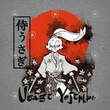 The Rabbit (Usagi) represents moving forward and do not step back. A symbol of advancement By 1870, Edo was emerging into reformation. The internal environment of strife between the traditional Shogunal culture and the progressive Imperial Court culture was ripe for American Commander Matthew Perry’s 1853 expedition into the Japanese harbor. The West’s influence had infiltrated the city of Tokyo, the traditional Japanese culture, and The Imperial Court powers in economic trade. During this time frame, most of the elite Samurai families realized the traditional Shogunal government ideologies were obsolete and no longer economically, politically, or culturally beneficial. Those families pledged their allegiance with The Imperial Court and its Western influence. Most Samurai families invested in their younger generations’ future by sending them abroad for a Western European and American education. By this time, it was perfectly legal and respectable for rich families to pay for a substitute male to go to war instead of their sons. Also, during this time frame it was becoming obvious that the different ideologies between the two governments could no longer compromise on governing and leading the country because of western vs traditional influences. All countries involved with Japanese, European and American trade were making money. This created a newfound Japanese wealth and financially upward mobile classes of merchants, resulting in an emerging middle class. It introduced an unprecedented economic stratum within the merchant and artisan classes of commoners. Within the traditional Samurai social class structure: the merchant class had the lowest strata of the community. However, due to Tokyo’s natural resources such as deep-water ports, the export industry, the contemporary city infrastructure, and the courtship between the Western dignitaries and The Court, international trade was inevitable and gave rise to the merchant class. The continuous internal government strife between the traditional Samurai officials and the progressive Samurai officials stemmed from their two different ideologies towards Japan. The traditional Samurai power refused to align with the progressive Samurai and The Court’s economic future had culminated to The Imperial Court’s military alliance with America. After the American Civil War, veterans were for hire by The Court to build an Imperial Court Japanese Military Unit, American style. By 1889, the Meiji Reformation put an end to the traditional Shogunal government system. Many of the top echelon progressive Samurai transformed Japan from feudal to the Meiji Reformation, revamped the monetary system, built a modern industrialized infrastructure, and formed international political alliances. The savvy Daimyos and Samurai with ties to The Imperial Court became the Reformation’s political, business, education, and economic leaders. A new era rushed in, The Japanese Oligarchs. Usagi, The Rabbit, is the 2023 Japanese New Year symbol. A Rabbit symbolizes moving forward and not looking back. The Rabbit is to have pure the negative residue from the past year to move forward and purify the next space to welcome positive spirits for the New Year.
Cites Sourced: https://www.touken.or.jp/english/ https://www.samuraimuseum.jp/en/ https://en.wikipedia.org/wiki/O-mikuji
0 Comments
|
Details
Grape EdVentures™The Delong 100 Grape Varietal Challenge encourages all wine enjoyers to expand their wine drinking horizon by seeking out unusual grape varieties. These past few years, I have tasted over 180 grape varieties. After all, there are over thousands of grape varieties world wide. With so many wine grapes, styles of wine, and wineries to explore, wine is an educational adventure. So grab your virtual passport and come along with me on a Grape EdVenture™ around the world. Archives
December 2023
|
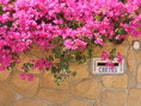
Michelle Prince
[email protected]
All works are subject to copyright protection, registered to A Grape Place 2 B LLC. © 2010-2024. All rights reserved.
